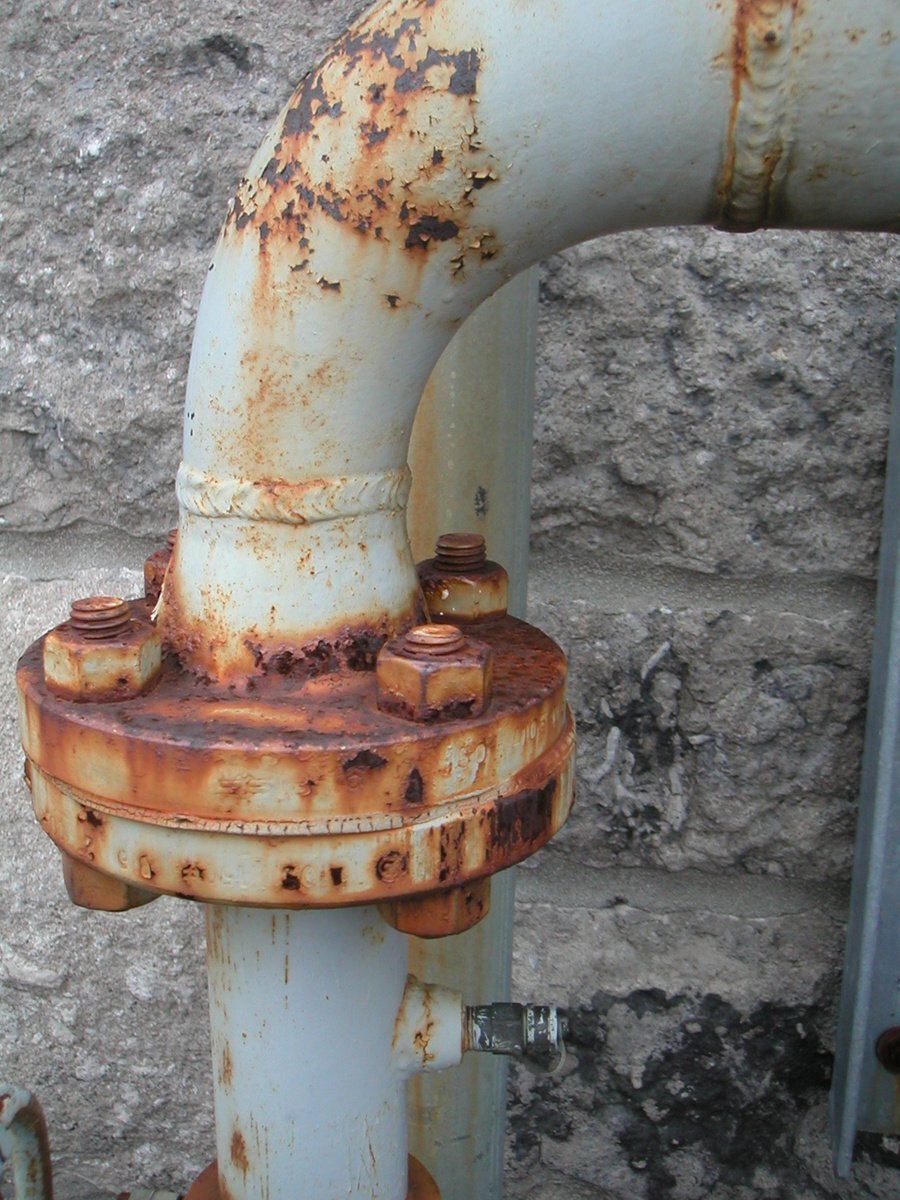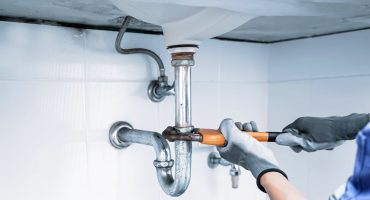What are your thoughts with regards to Main Plumbing Issues Found in Old Houses?

Older homes typically come with charm, personality, and background, yet they can likewise bring a host of plumbing concerns. Whether you're handling aging pipelines, low water stress, or leaks, understanding just how to deal with these typical troubles is important to preserving a safe and useful home. In this overview, we'll explore the regular pipes obstacles encountered by older homes and give practical remedies to maintain your plumbing in top shape.
Recognizing Common Pipes Problems
Aging Pipelines
Among the most common problems in older homes is maturing pipelines. Depending on the period in which your home was developed, the pipelines might be made from products that have worn away over time, such as galvanized steel, cast iron, or perhaps lead. These materials can rust, come to be brittle, or establish leakages, leading to water damage and potential health hazards.
Low Tide Stress
If you're experiencing low water pressure, maybe as a result of mineral deposits, rust inside the pipelines, or old components that are no longer working effectively. This can be a significant hassle, particularly in locations like showers and sinks.
Dripping Pipes
Leaks are another regular issue in older homes, commonly brought on by corroded or worn-out pipes. Even little leakages can lead to significant water damage, mold and mildew growth, and enhanced water costs if not attended to without delay.
Outdated Fixtures
Out-of-date plumbing components such as faucets, toilets, and showerheads not only look old but might also be less effective, prone to leaks, or inappropriate with contemporary pipes standards.
Pipeline Corrosion
Deterioration is an usual problem in older pipelines, particularly those made from galvanized steel or cast iron. Rusty pipelines can restrict water flow, cause discoloration, and ultimately lead to leaks or pipe ruptureds.
Assessing the Condition of Your Pipes
Evaluating Noticeable Pipelines
Begin by checking any noticeable pipelines in your home, such as those in cellars, crawl spaces, or under sinks. Try to find indications of deterioration, leaks, or corrosion, which can indicate underlying problems.
Checking for Leaks
Check for leaks by evaluating locations around faucets, bathrooms, and under sinks. You can additionally check your water meter before and after a period of no water use to identify surprise leakages.
Water High Quality Testing
Older pipelines can impact the quality of your water. Conduct a water high quality test to look for pollutants such as lead, rust, or various other pollutants that may be introduced by maturing pipelines.
Solutions for Common Pipes Problems
Replacing Aging Pipelines
If your home has old, deteriorating pipelines, think about replacing them with modern-day materials like copper or PEX. This can be a significant financial investment, but it will certainly protect against future issues and improve the safety and dependability of your plumbing system.
Dealing With Low Water Stress
To take care of low tide pressure, beginning by cleansing or replacing old components and eliminating mineral buildup in the pipelines. If the problem continues, it may be necessary to change sections of rusty pipes.
Fixing and Replacing Dripping Pipelines
For little leakages, you can utilize pipe clamps or epoxy putty as a temporary fix. Nonetheless, it's best to change leaking pipelines completely to stay clear of additional damage.
Upgrading Components
Upgrading old fixtures to modern-day, water-efficient models can enhance your home's plumbing efficiency and reduce water usage. Seek fixtures with the WaterSense label for the very best efficiency.
Dealing with Pipe Rust
If your pipelines are corroded, replacing them with corrosion-resistant products like copper, PVC, or PEX is the best option. Routine inspections and water quality maintenance can aid prevent even more rust.
When to Call a Specialist
While some pipes issues can be handled with DIY options, there are times when it's ideal to contact a professional. If you're handling significant leakages, considerable deterioration, or are unsure regarding the problem of your pipelines, a licensed plumbing can supply skilled analysis and fixing.
Preventive Maintenance Tips
Routine Evaluations
On a regular basis evaluate your pipes system for indicators of damage. Catching issues early can prevent costly repairs down the line.
Water Pressure Regulation
Ensure your water pressure is within the recommended range to avoid stressing your pipes and components. A plumber can install a pressure regulator if needed.
Water Top Quality Upkeep
Mount water filters or conditioners if your water high quality is poor. This can shield your pipelines and fixtures from damage caused by tough water or impurities.
Aggressive Pipe Replacement
If your home has very old pipelines, take into consideration proactive replacement before significant problems occur. This can save you from emergency fixings and water damages.
Verdict
Managing pipes issues in older homes requires a mix of caution, precautionary maintenance, and timely upgrades. By recognizing the usual obstacles and understanding when to seek professional help, you can ensure your plumbing system remains useful and trustworthy for many years to come.
7 Common Plumbing Issues in Older Homes
Read More Plumbing Articles
Whether you're mulling over purchasing your dream period property, or you already own one, being aware of common plumbing problems in old homes can help you avoid expensive mishaps.
Many plumbing problems in old homes are similar to those faced in newer properties, but some are more prevalent in houses over a certain age. If you've recently bought an old house or haven't had your aging plumbing system inspected in a while, it's worth keeping an eye out for the following issues:
Bad Pipe Materials
Depending on the age of your home, the pipe materials used in your plumbing system may not comply with modern building codes and could be unsafe.
Lead pipes are the most dangerous type of old plumbing pipes. This metal was once used extensively for manufacturing water pipes because it's easy to shape and has a long lifespan. Plumbers also used it to solder joints between pipes made from other materials. However, lead can cause serious health problems, particularly in children. Drinking water from pipes containing lead can lead to lead poisoning symptoms, such as stomach pain and fatigue, so it's essential to replace them if you discover them in your home.
Outdated Fixtures
Even if the previous owners installed high-quality fixtures, these won't be immune to the effects of age and wear and tear. Over time, fixtures can corrode and wear down, increasing the likelihood of leaks and clogs.
Sometimes, an outdated fixture can be a minor irritation that makes using your plumbing system less convenient. However, it's best to maintain older plumbing components carefully and replace them when they show signs of failure to avoid a major leak and water damage.
Corroded or Leaking Pipes
Corroded pipes are a common plumbing issue in old homes. Corrosive substances in the water supply can gradually break down the metal used to make the pipes, eventually causing leaks. Corrosion can also cause sediment to build up, increasing the chances of a clogged pipe. All these issues take time to develop, making them more likely in old house plumbing.
Drain Problems
Older home drainage systems were often installed before the arrival of appliances such as garbage disposals, so they're frequently incapable of handling modern household usage. The result could be frequent clogs or water backing up into sinks and other fixtures.
A failing sewer line is the most serious drainage issue commonly encountered in old houses. This problem is more likely if you've remodeled your home to add more fixtures, placing more pressure on a sewer line not designed for the purpose. Eventually, the line can become clogged, causing unpleasant indoor smells, poor drainage and contaminated wastewater backing up into your fixtures.
Pipe Bellies
Pipe bellies develop when pipes buried in your home's foundation start sagging as the building settles. They create downward slopes, affecting water drainage and increasing the risk of significant blockages. You don't need to worry about pipe bellies in a pressurized main line, as the water pressure prevents the pipes from clogging, but they can cause issues in drain lines.
Root Intrusion
Root intrusion occurs when trees and other shrubs grow roots too close to your sewer line or water service line. Sometimes, the roots penetrate the pipe walls, leading to leaks and soft or wet areas in your yard.
Unfortunately, root intrusion is a more common plumbing problem in old homes. That's because older houses are more likely to have pipe bellies allowing standing water to accumulate, attracting roots to the moist conditions.
https://www.elocal.com/resources/home-improvement/plumbing/faq/plumbing-issues-in-older-homes/

We had been introduced to that editorial on through an acquaintance on our other web property. In case you enjoyed reading our article kindly make sure you remember to pass it around. Thanks for being here. Kindly visit our website back soon.
Call Today
Comments on “Advice to Managing Plumbing Problems in Older Homes”